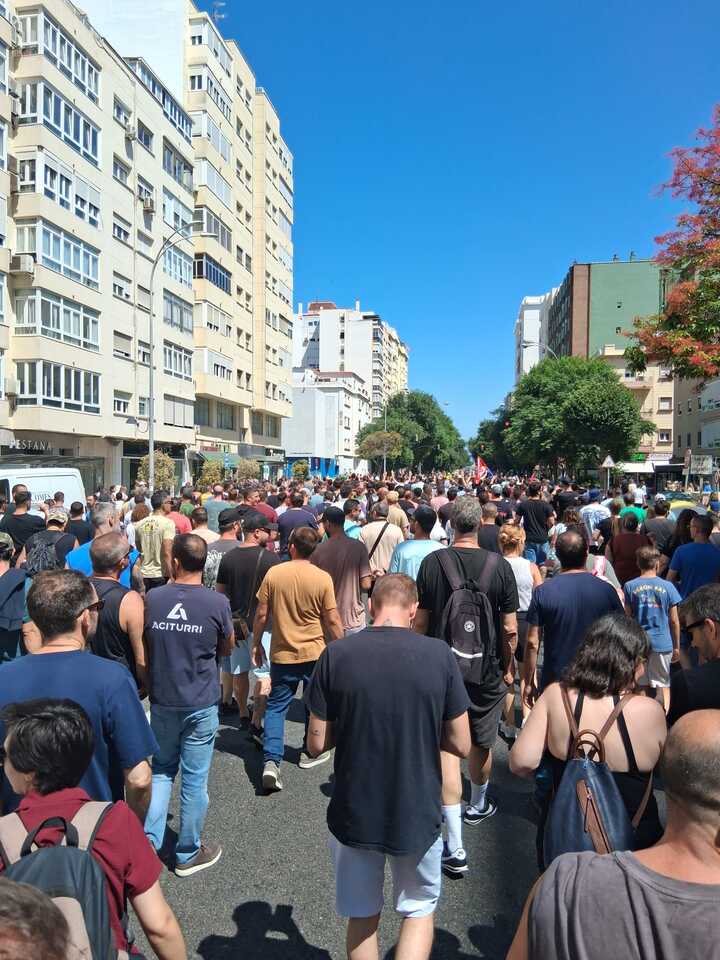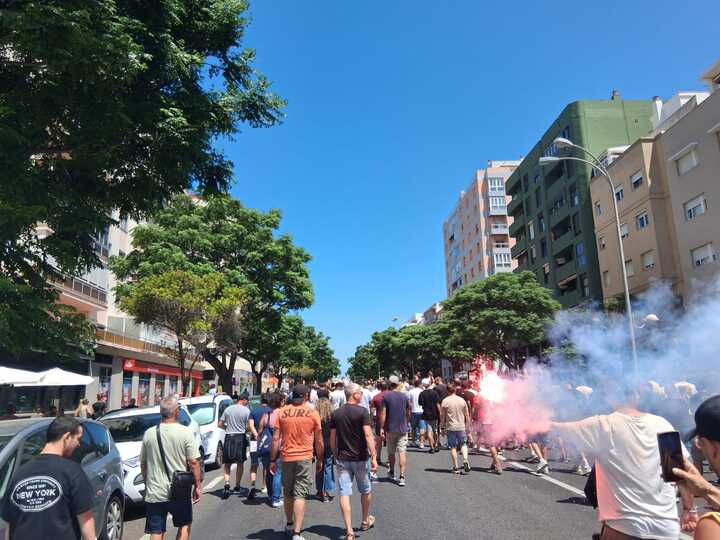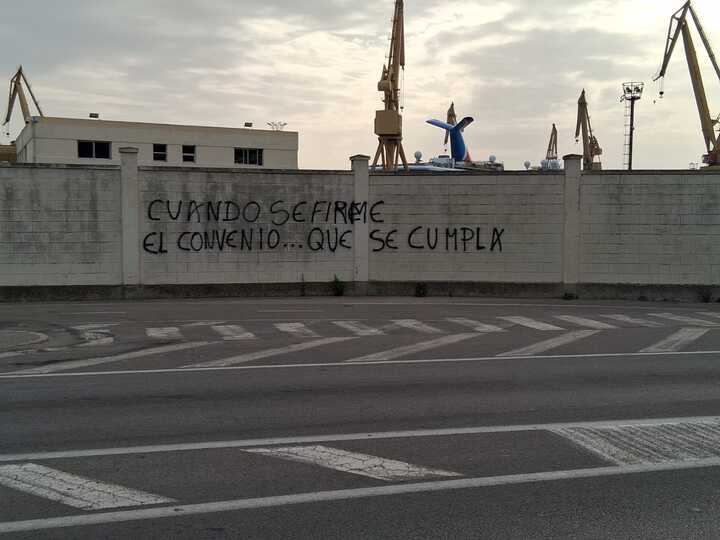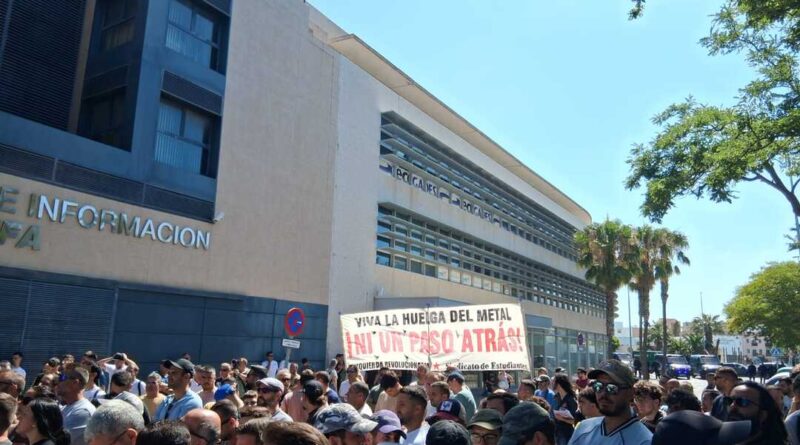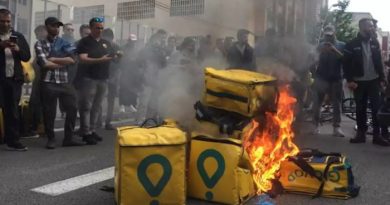The metal strike in Cádiz Bay: An exemplary struggle of dignity and working class
By Jaime García Flores
In mid -June 2025, The Bay of Cádiz became the epicenter of one of the most powerful workers mobilizations of the last decade. The trigger was the stagnation in the negotiation of the metal sector agreement, an area characterized by mass subcontracting, The temporality, and degraded working conditions. He 18 June began an indefinite strike that not only demanded salary improvements, but channeled years of frustration accumulated by structural precariousness.
From the first days, The workers' response was massive and combative. Pickets were organized in key polygons such as Puerto Real, Cádiz and San Fernando, barricades were built and neuralgic production centers were paralyzed. Police charges, Mass identifications and repression failed to demobilize, but reinforced the feeling of unity and resistance. The organization was sustained thanks to the crucial role of the CTM-Sat and CGT unions, that promoted a model based on open assemblies, horizontal and deliberative.
One of the most tension moments came when the UGT, No base support, signed a pre -agreement with the employer. Workers' assemblies rejected it forcefully, qualifying it as a claudication. This marked a turning point: The strike took distance from traditional trade unionism and reinforced its popular legitimacy. He 25 of June, more of 10.000 people took to the streets of Cádiz in a mass demonstration that consolidated social support for conflict.
Throughout the days, The strike was not weakened, but grew. He 27 of June, An assembly held in Puerto Real, With the participation of more than 1.500 workers, He voted for all the strike continuing and rejecting a new attempt to agree that he did not respond to his demands either. The mobilization had already transcended the workplace: It had become a resistance symbol against a precarious work model.
He 29 June another mass march took place in Puerto Real. The forcefulness of the protest could no longer be ignored by means or authorities. The strike was, At that point, a national reference. From Ferrol, Navantia workers showed their solidarity, refusing to cover the empty stalls for the strike. The class unit extended beyond the Cadiz Bay.
He 30 of June, Tenth day of strike, The assemblies continued to show firmness: He voted again to keep the fight. Companies began to feel pressured, But the workers resisted with a strong determination.
The main demanded claims were clear and concrete:
- Salary increases of 10% for 2025 And at least one 6% for 2026, Linked to the Royal CPI.
- Full payment of toxicity plus, danger and pain, Without exceptions by contract type.
- End of the double salary scale and subcontracting and ETTS abuses.
- Real application of retirement reducing coefficients in painful works.
- Regularization of discontinuous fixed and effective respect for licenses and family reconciliation.
- That all workers in the sector charge according to the metal agreement, No deviations to others cheaper.
This strike, The 8 July 2025 Although the employer and UGT-CCOO were wishing to end many before by coercion and blackmail methods, It already represents a victory in itself. Has shown that self -organization, Direct democracy and combativity can face both employers and union bureaucracy.; Now it remains to continue plant in each Company Committee and Union Assembly.
The Cadiz working class has recovered the initiative, And his example resonates as a lesson for the entire labor movement in the Spanish State. The metal in the south represents the last "trench" in the face of the destruction of the hospitality and corrosive tourism of the cruises that arrive every week to the city port.
Solidarity and accompaniment to each person detained by this law gag still in force in the governments of PSOE-Sumar-Unidas Podemos.
